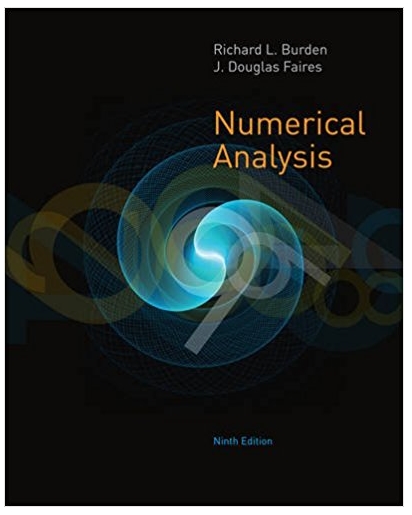Answered step by step
Verified Expert Solution
Question
1 Approved Answer
1) Consider two resource acquisitions companies: DFMF and FDMC. DFMF has expected return of 10% and standard deviation of 15%. FDMC has expected return of
1) Consider two resource acquisitions companies: DFMF and FDMC. DFMF has expected return of 10% and standard deviation of 15%. FDMC has expected return of 5% and standard deviation of 10%. The correlation of returns between the two stocks is 0.5. You have $1,000,000 to invest. You have put all of your money into these two stocks, but can short as much as needed of one or the other to achieve the portfolio described next. Graph your expected return, and the standard deviation of your returns, as a function of your investment in DFMF runs from -$2,000,000 to 2,000,000. This will take two plots, one for expected return and the other for standard deviation. Use the weight (w) for FDMC as your horizontal axis on both plots. 2) Dorsai stock has expected return of 5% and standard deviation of 15%. Hawkwood stock has expected return of 10% and standard deviation of 35%. You only invest in these two stocks. Your investment weight in Dorsai is 4. Graph stock correlation versus standard deviation of returns as the correlation of returns between the two stocks goes from -0.9 to 0.9. 3) The annual return on the stock of Cetagandan Genomics is normally distributed, with mean of 12%. (So the expected return is 12%.) You invest $1,000,000 in this stock for one year. Graph the probably, that after one year, you have a) at least a) $850,000, b) at most $1,100,000, as the standard deviation of returns on Cetagandan Genomics runs from 1% to 50%. (Use one graph for this)
Step by Step Solution
There are 3 Steps involved in it
Step: 1

Get Instant Access to Expert-Tailored Solutions
See step-by-step solutions with expert insights and AI powered tools for academic success
Step: 2

Step: 3

Ace Your Homework with AI
Get the answers you need in no time with our AI-driven, step-by-step assistance
Get Started


